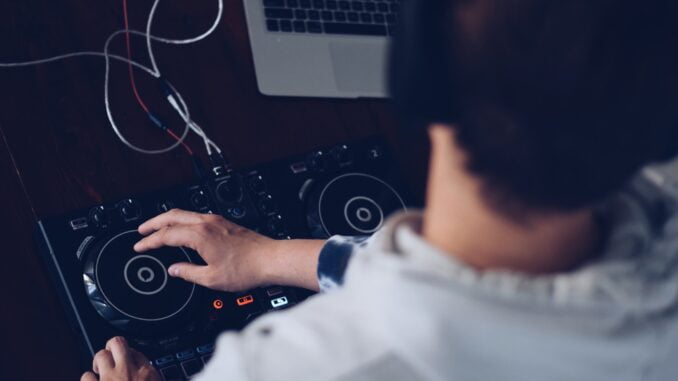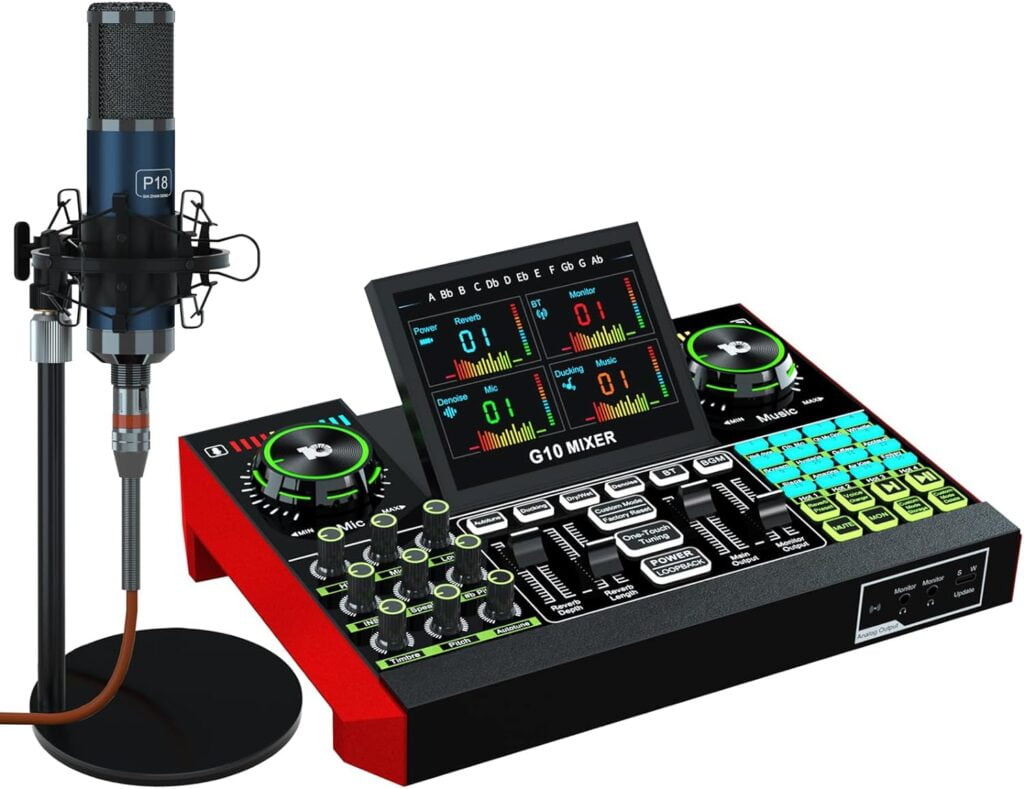
In the intricate audio production and broadcasting landscape, the soundboard emerges as an indispensable yet often undervalued tool. Its straightforward functionality belies its significant impact on the quality and dynamics of audio experiences across various platforms. This comprehensive guide delves into the essence of soundboards, elucidating their purpose, operational mechanisms, and practical applications, and offers insightful tips for optimal usage.
Understanding a Soundboard
A soundboard is a device or software designed for the immediate playback of pre-recorded audio clips. These clips may include musical segments, sound effects, vocal recordings, and ambient audio. Unlike audio mixers, which are tasked with the complex blending of multiple audio streams, soundboards primarily focus on the accessible and controlled deployment of these sounds in various live and recorded settings.
Types of Soundboards
Soundboards manifest in two primary forms: hardware and software.
- Hardware Soundboards: These tangible units have buttons or keys linked to a specific sound. Their robust design and user-friendly interface make them a staple in live environments such as radio studios and theatrical stages, where immediate and reliable sound access is pivotal.
- Software Soundboards: In contrast, software soundboards are digital applications installable on computers or tablets. They offer a higher degree of customization, allowing users to map audio files to virtual buttons on a graphical interface. These soundboards are particularly advantageous for users requiring extensive and flexible sound libraries.
How to Use a Soundboard Effectively
Mastering a soundboard involves more than just pressing buttons; it requires strategic planning and practice. The following steps and tips are designed to enhance soundboard use:
- Sound Organization: Before any live event, meticulously categorize and organize your sounds. Clear labeling and logical arrangement are essential, especially with hardware soundboards. This step is crucial for smooth operation during live performances.
- Sound Quality Assurance: The caliber of your audio files is paramount. Ensure they are high-quality and in a compatible format to avoid any degradation in audio output.
- Layout Familiarization: Acquainting yourself with the soundboard’s layout is essential, particularly in high-pressure scenarios like live broadcasts. Knowing the precise location of each sound can significantly reduce errors and enhance fluidity in operation.
- Volume Consistency: Regularly check and adjust the volume levels of your sounds to maintain auditory consistency. Abrupt volume changes can be disruptive and unpleasant for the audience.
- Integration with Other Audio Equipment: If your soundboard setup involves other audio equipment such as mixers or microphones, thorough integration, and pre-event testing are crucial to ensure seamless operation.
- Regular Practice: Proficiency in using a soundboard is achieved through consistent practice. Familiarize yourself with the sound cues and practice triggering them under different scenarios to build confidence and accuracy.
Expanding Applications of Soundboards
The versatility of soundboards extends beyond traditional uses, finding relevance in a multitude of sectors:
- Radio and Podcasts: Soundboards are indispensable in these mediums, used for injecting jingles, advertisements, or sound effects to enhance the auditory narrative.
- Live Performances and Theater: In these artistic domains, soundboards are crucial for cueing background music, ambient sounds, or sound effects that synchronize with the performance, adding depth and dimension to the audience’s experience.
- Streaming and Gaming: For content creators and gamers, soundboards offer a dynamic tool to augment broadcasts with engaging sound cues and effects.
- Education and Training: Soundboards are an interactive tool in educational settings, engaging students through auditory cues and enhancing the learning experience.
- Event Production: In events like conferences, seminars, or workshops, soundboards are vital in managing audio cues for speeches, presentations, and background music, ensuring a smooth and professional audio flow.
Advanced Features and Customizations
Modern soundboards have advanced features like programmable buttons, touch-screen interfaces, and integration capabilities with other digital tools. Customizing a soundboard to suit specific needs can significantly enhance its functionality. Users can create custom sound sets, program macros for complex sound sequences, and integrate soundboards with other software for expanded control.
The soundboard, often perceived as a basic tool, is a cornerstone in the creation of captivating and professional audio experiences. Its simplicity and powerful ability to instantaneously trigger sounds render it invaluable across a spectrum of audio-centric industries. By comprehensively understanding its functionality and mastering its usage, one can significantly elevate the quality and impact of their audio production.
For more detailed reviews and information, please visit the TunePocket for a comprehensive collection of online soundboards.

